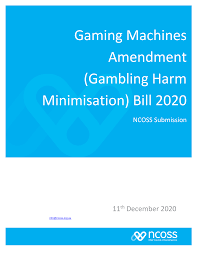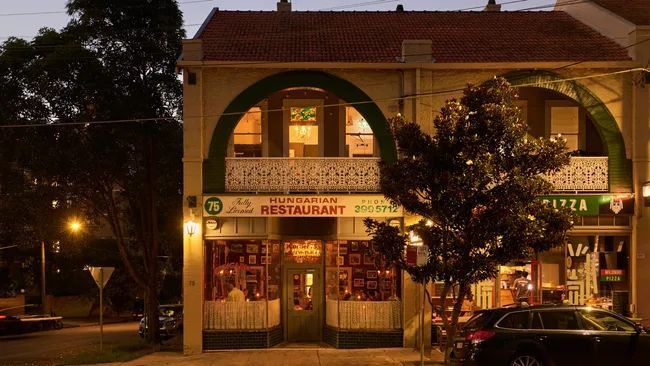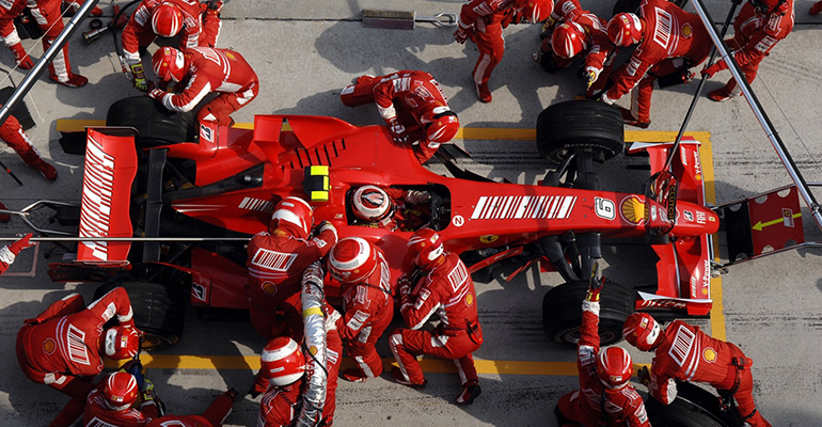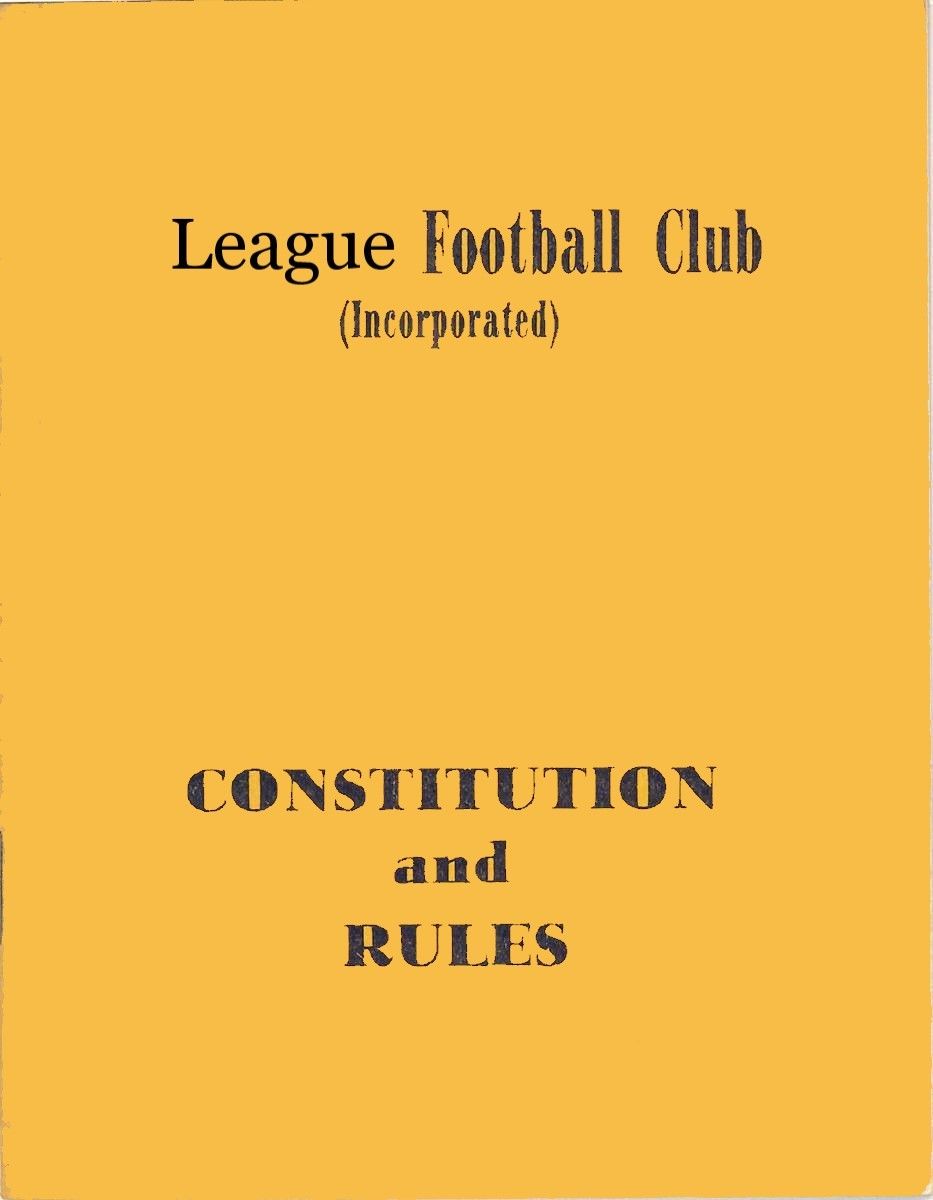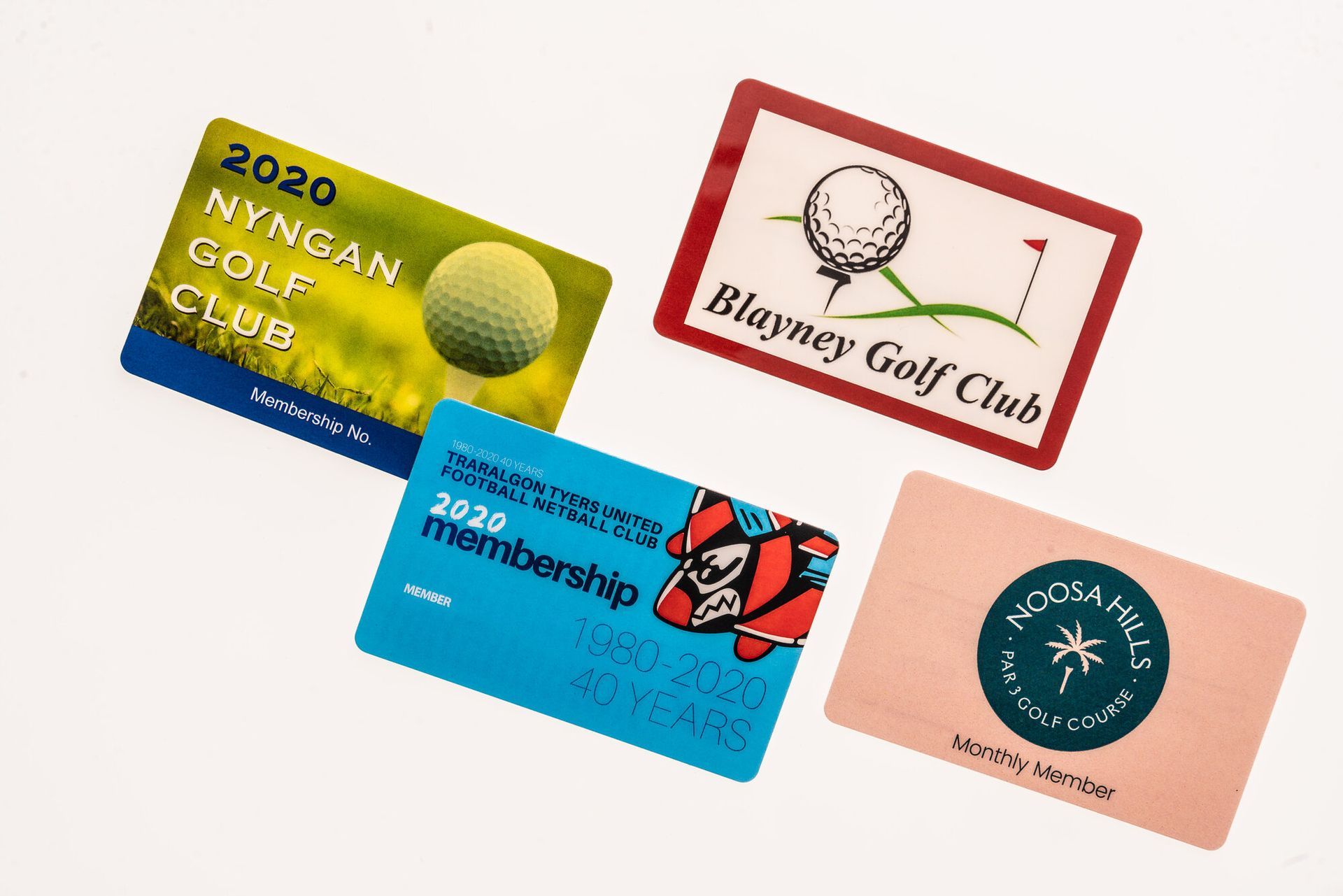Triple Whammy of Challenges
Just when you thought things were getting better...
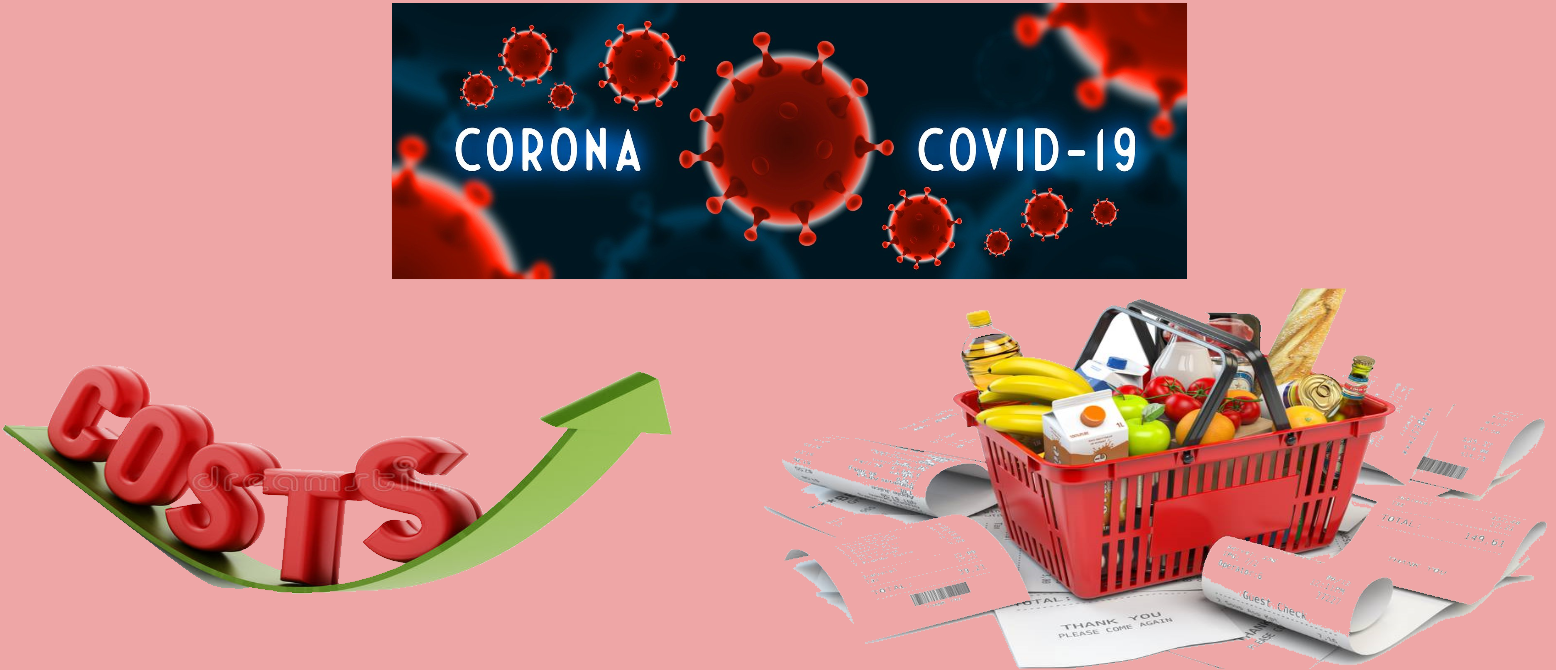
At the start of the new financial year, we all thought things would get better, but many clubs, pubs and restaurants are facing a triple whammy of challenges:
X Rising costs to the business in food and utilities (power and gas)
X Resurgence of COVID and its impact on staffing
X Rising cost of living decreasing the spending power of our customers
Many businesses have been hit with this triple whammy of challenges and are wondering ‘What the heck can we do to stay in business and stay profitable?’ If you take the sage advice of Ms Dorye Roettger, an American musician, author and creative analyst who said ‘There are no problems, only opportunities to be creative’, then you can take this situation head on and make it work for you.
Here are some tips and thoughts on how to address this challenging situation:
Rising costs of business
Many businesses have been hit by the triple whammy of cost increases – electricity that has literally gone through the roof; food costs impacted by flood induced supply shortages, driving prices up by between 20 and 300 percent; then the much needed boost to wages of approximately five (5) percent for employees to catch up a little on the cost of living rise, driven by power, food and fuel price increases. So how can you be creative and turn these challenges into opportunities?
X If your power contract expired on 30 June, along with thousands of businesses, the new prices were so volatile (read streaking upwards) that power companies said “the market is too volatile to provide a price”. When the energy market regulator stepped in, the prices for the next 12 months for peak power had tripled and all of a sudden they could provide a price.
If you already had a contract locked in, you are somewhat protected. If you already had solar, you are somewhat protected. If you already had a long term contract and solar, you are in great shape.
If not, then locking in a contract at the best possible rate is essential, but for some the horse has bolted. If you don’t have solar, the payback calculations have swung heavily in it’s favour. Where payback may have been between three to five years at low power rates, at the current dramatically increased rates, the payback can be as fast as two years!
X The floods of earlier this year have seriously impacted production, harvest and delivery of fresh produce across the country and driven prices up significantly. Iceberg lettuce famously reached $10/head (an almost 900 percent increase) so my local Chinese restaurant pulled Sang Choy Bao from the menu! Then the price of beef is at record high levels, putting enormous pressure on catering margins.
How do you stay profitable when costs rise dramatically and you can’t pass the whole amount onto your customers? This is the perfect time to issue a new menu – winter or seasonal – and review what you offer. This is also when the portion cost spreadsheet pays for itself. You can plug in the increased costs and see what impact it has in terms of actual cost increase per portion, rather than guessing or putting a 20 percent increase on your prices across the board. Many of you will know I am a fan of reduced portion sizes, served on smaller plates to maintain the illusion of a value for money meal whilst managing the cost.
Most customers no longer want a steak or schnitty that will choke an 18 year old footballer, so a 250 gm cut will suffice, instead of the 350 gm. Add more pasta options to your menu, because pasta hasn’t gone up even though your sauce ingredients may have. But manage that to suit the cost of ingredients too. Remember, no leftovers mean no cost for containers for patrons to take them home, or reduced cost of waste removal. Aim for empty/clean plates to come back.
X The legislated wage increase of just under five (5) percent is much needed for your most valuable resource – your staff. And I am a fan of investing in staff to develop their skills to a higher level, to take them and your business from good to great! The hospitality industry has a delayed onset of October 2022 to start paying the additional wages, but some businesses have started to pay the additional wage as a sign of good faith to their workers.
Managing the most valuable resource you have – your staff – is critical to managing your variable overheads. Rostering is critical to maintaining a profitable operation – whether you are a club, pub or restaurant – and rostering to minimise staff doing overtime hours is a key element. We can never guess accurately what the day’s trade will be, but well trained staff will cope with load fluctuations and with clever rostering, ensuring good coverage of all your trading hours, you should be able to keep your wages to turnover ratio at thirty (30) percent or less.
Clubs and pubs with profitable gaming operations have a distinct advantage here over restaurants, who can tend to edge towards the forty (40) percent wages to turnover level, but this must be managed or you’ll staff yourself out of business.
Resurgence of COVID
Well, let’s face it, it never really went away – we just learned to live with it a bit. We are well vaccinated, which offers protection from major illness, but it is still spreading in the community. For hospitality businesses, where food and drinks are provided, where social interaction is usually within a closed air space over an extended period of time, transmission is highly likely.
When staff catch COVID in NSW the rules are still for a seven (7) day isolation period. If you are a close contact, there are guidelines, on what you need to do to manage your situation, on the NSW Government website COVID Management pages. What does this mean in practical terms for businesses, especially for clubs, pubs and restaurants?
If your staff member contracts COVID and confirms their infection with a Rapid Antigen Test (RAT) or Polymerase Chain Reaction (PCR) test, they need to self-isolate for 7 days. This places pressure on the staff that are healthy and left to carry an increased workload. They must advise you so that your other staff can now monitor for symptoms and if they feel unwell, or experience COVID like symptoms, they should be encouraged to do a RAT and if a positive result occurs, confirm their diagnosis with a PCR test.
Any close contacts of staff or family members who test positive to COVID, can still attend work with a negative RAT, but should monitor for symptoms and test if any appear. The Chief Medical Officer in NSW Dr Kerry Chant is currently advising people to wear a mask in indoor spaces that are not your primary home.
Businesses can make their own decisions to re-introduce COVID management restrictions on customers, but for now, many are just running with “whatever you are comfortable with”. This means if staff or patrons wish to wear a mask on the premises, they are accommodated. Increased hygiene and other protocols – like single use paper menus, spice sachets and regular disinfecting of surfaces are eminently sensible strategies to protect staff and patrons.
This of course will add further pressure to your rostering, when staff genuinely contract COVID or Flu and cannot come to work till they finish self-isolation. Discussion with staff, who are often mostly casuals, around increasing hours for those who are healthy, to cover the shifts of those who are not, can help ease the shortage of staff in the short term. Communication is key here - staff who are well looked after normally, will most likely be quite happy to assist in covering the short fall.
Share the love around and provide the additional work to those with the capacity to take on extra shifts and monitor the fatigue factor – avoid burning out your best staff by asking too much of them physically and mentally.
Rising cost of living
Decreases in the spending power of our customers, based on the rising cost of living is literally another triple whammy situation. High fuel costs – I have a small 2.0 L vehicle and where I used to pay $60 – 70 to fill it, I now regularly pay over $100. For many people this is the true barometer of disposable discretionary spending for families. When fuel prices are high, the money left for a beer, a meal out or a punt is severely reduced.
Consumers are not immune from the rising power and gas costs either. Domestic electricity and gas prices are going through the roof, again further cutting into the discretionary spend of the average family or individual. We won’t even consider the potential impact of the rising interest rates to people’s mortgage repayments, something that has yet to bite with the borrowers who extended themselves to the full with the record low interest rates.
The final part of the equation affecting our customers is the rising cost of food. Every week many people can afford less and less food in their weekly shop, due to the ever rising food costs – meat, vegetables and all the staples like milk and bread, are all on the rise. Only today the price of potatoes was in the spotlight, due to increases in the cost of delivered spuds. All of these factors detrimentally impact our customers, such that three visits per week, may become two or even one per week.
Creative Opportunities
How do we remain profitable in the face of the triple whammy? We need to think really creatively and use a combination of the cost cutting measures discussed above, and look at how you can encourage customers to continue to patronise your venue. And the marketer in me thinks we must be able to find attractive product and service combinations that will entice visitation and discretionary spend in our businesses. Here are a couple of suggestions –
X Offer Budget Buster meal deals – create a simple low cost, high profit menu with well managed portion sizes and aim for the 66 percent gross margin result. For example, if you want to offer a $10 budget meal, make sure all your ingredients cost less than $3.30. Provide smaller portions but use smaller plates too, so it still looks generously full, and include the low cost drink or dessert value-add item
X Run some smart raffles – when people are doing it tough, run some well priced raffles with meat trays, and maybe some essentials packs, like tea, coffee, biscuits and cereals to help struggling families. Offer plenty of prizes so it takes a while to get through them, which keeps the customers in the venue longer, so they buy an extra drink or may stay for a Budget Buster meal after
X Proved Free Entertainment – low cost entertainers can provide entry fee free enjoyment and this will bring in the patrons and help them forget their worries for a while. They will drink and eat things that add to their spend whilst they are on site.
Remember, pubs and clubs done right are the second lounge room for the members and regulars guest, whilst restaurants can be the second dining room for the world weary workers – stressed by rising costs and COVID induced work overload – where you do the cooking and washing up and they can relax with a budget buster meal.
For more information, contact Ron Browne info@extrapreneurservices.com.au or 0414 633 423.
